Labor-saving hand tools are specially designed devices that help reduce physical effort while increasing efficiency and precision in a wide range of manual tasks. These tools have gained popularity in both professional and DIY environments for their ability to make tough jobs more manageable.
Core Features of Labor-Saving Hand Tools
One of the defining features of labor-saving hand tools is their ergonomic design. These tools are created with user comfort in mind, often featuring non-slip handles, balanced weight distribution, and streamlined shapes that allow for prolonged use without causing strain. For example, a labor-saving wrench typically comes with an extended arm or gear-assisted mechanism that provides greater torque with small effort.
Another key feature is the mechanical advantage offered by labor-saving hand tools. Through smart engineering and leveraging systems, these tools can significantly reduce the force required to perform tasks like tightening bolts, cutting materials, or lifting heavy components. A good example is the labor-saving jack, which uses a ratchet system to lift objects more easily than a standard jack.
Many labor saving hand tools also include multi-functional components. This adds convenience and reduces the need to switch between different tools frequently. Products such as combination pliers, multi-bit screwdrivers, or ratcheting spanners not only save labor but also save time and space in your toolbox.
Advantages of Using Labor-Saving Hand Tools
One of the primary advantages of labor-saving hand tools is improved efficiency. With the help of gear-driven mechanisms, extended levers, and optimized grip designs, these tools allow users to complete tasks faster and with better accuracy. For instance, a labor-saving socket wrench can tighten or loosen bolts in confined spaces much quicker than traditional wrenches.
Durability is another strong advantage. The great majority of labor-saving hand tools are constructed from high-strength materials like alloy steel or reinforced composites. This ensures long-term reliability and resistance to wear and tear, even under frequent use in tough conditions.
Safety is also enhanced when using labor-saving hand tools. By small quantity, the need for excessive force and awkward body positions, these tools help reduce the risk of injury. For example, using a labor-saving pipe cutter can make cleaner, safer cuts compared to using a hacksaw, especially when working with hard materials.
In addition, labor-saving hand tools promote better work quality. Precision-engineered parts allow for more controlled operations, whether it’s tightening a bolt to the correct torque or cutting through material with small waste. This not only benefits professionals aiming for high-quality results but also helps DIY users achieve better outcomes with less experience.
Applications of Labor-Saving Hand Tools
Labor-saving hand tools are used across many sectors. In automotive repair, labor-saving lug wrenches and ratcheting tools help mechanics remove and install parts efficiently. In plumbing, labor-saving pipe wrenches and cutters make installation and maintenance tasks easier. For construction work, tools like labor-saving rebar benders and wire pullers are essential in reducing physical exertion.
Even in gardening and landscaping, labor-saving hand tools play a role. Ergonomic pruners, weed pullers, and soil cultivators help reduce stress on the hands and back while enhancing precision.
Labor-saving hand tools provide a blend of innovation, comfort, and utility that supports a wide variety of tasks. From increased efficiency to enhanced safety, their features offer tangible benefits for professionals and hobbyists alike. With continued advancements in design and materials, the importance of labor-saving hand tools in daily work is only expected to grow.
Category
Communication
If you have any questions,
please contact us immediately.
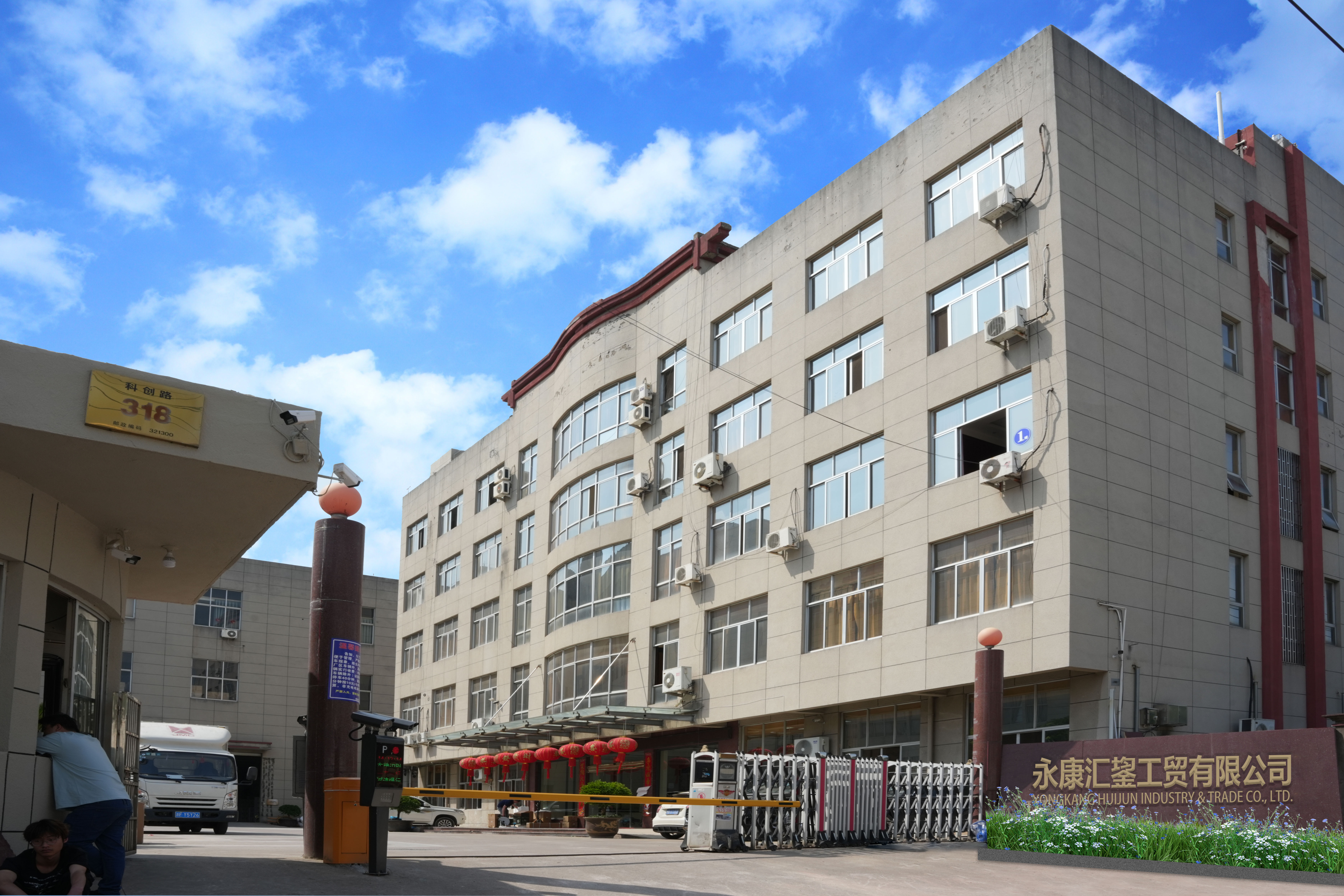
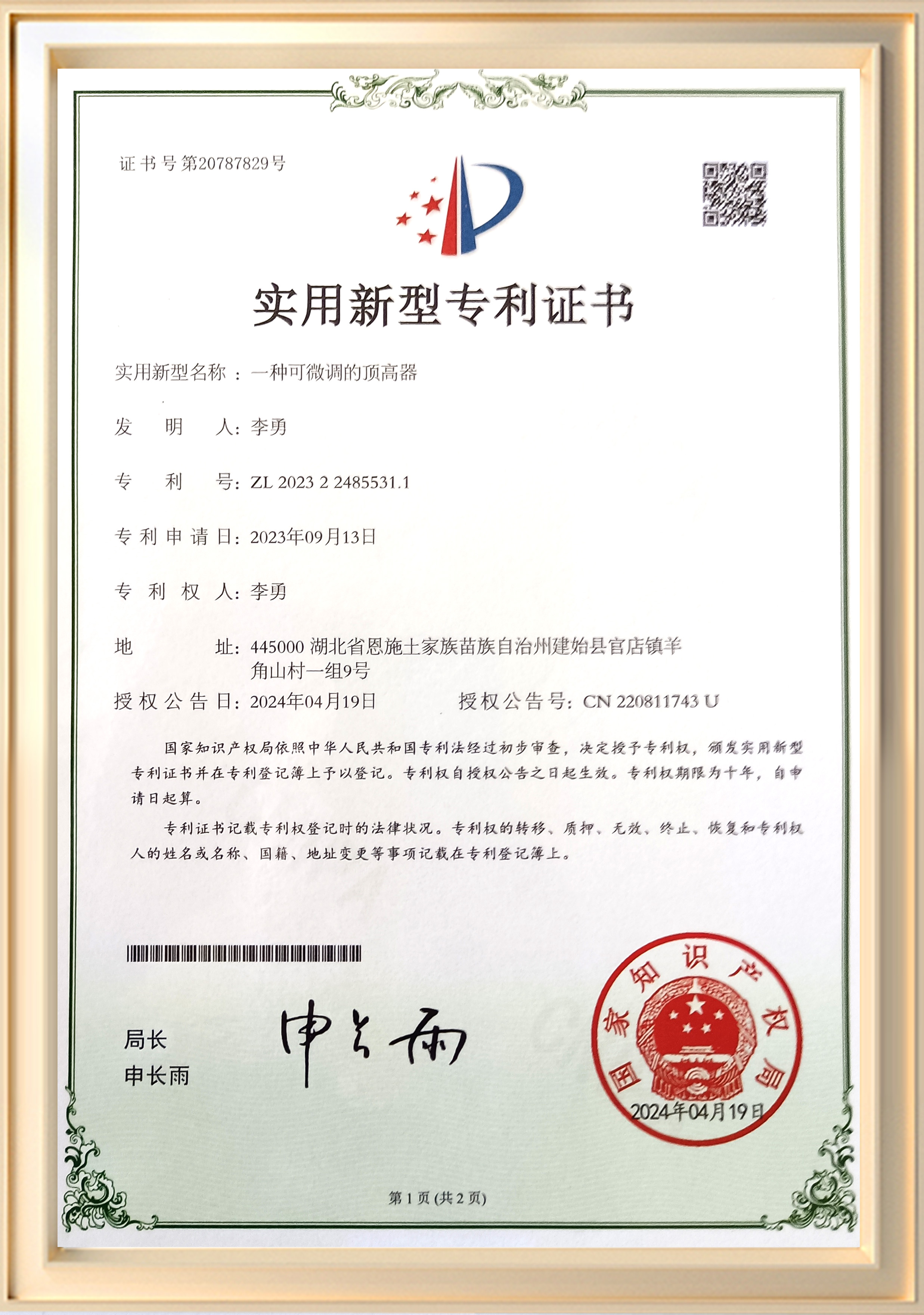
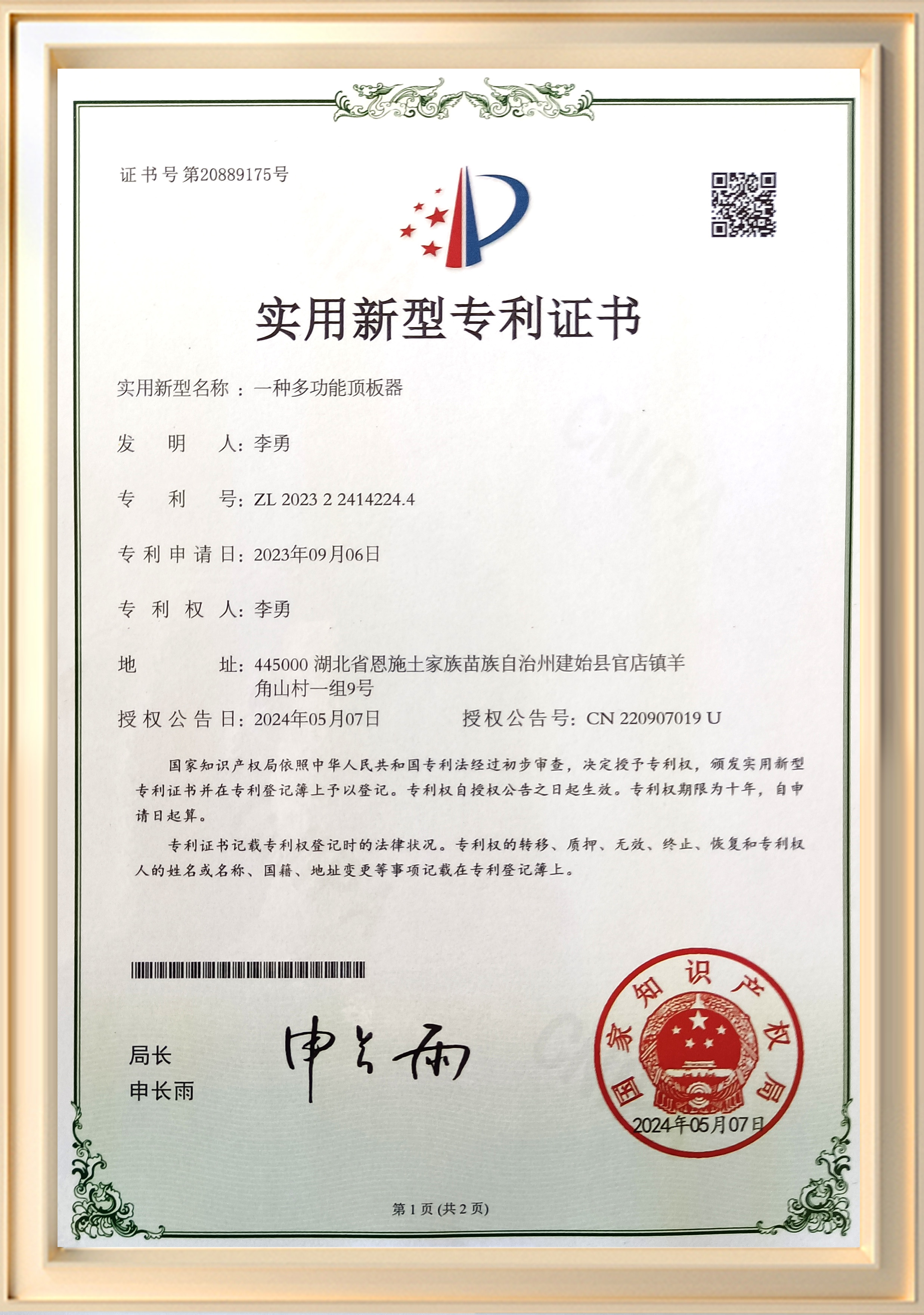
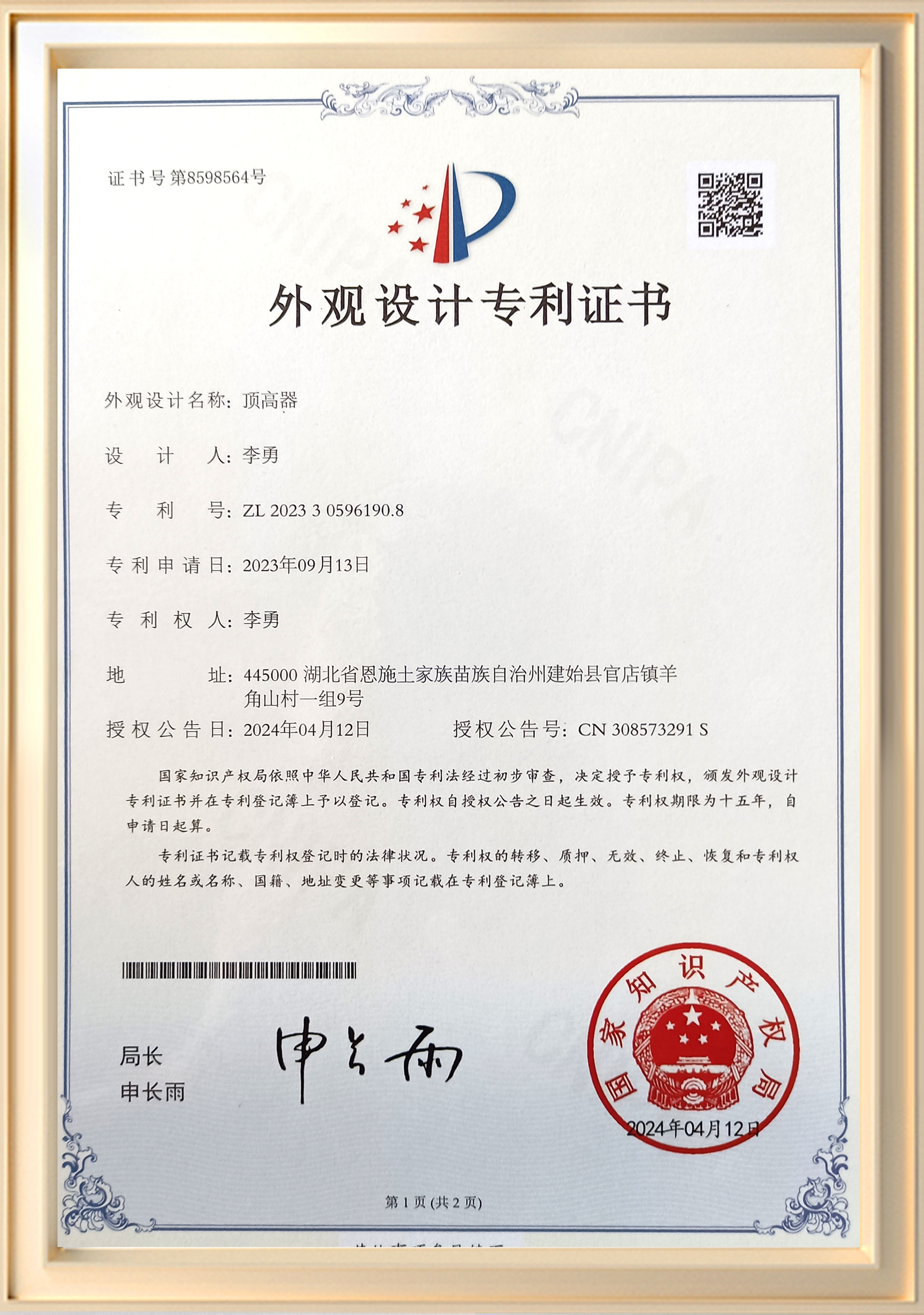
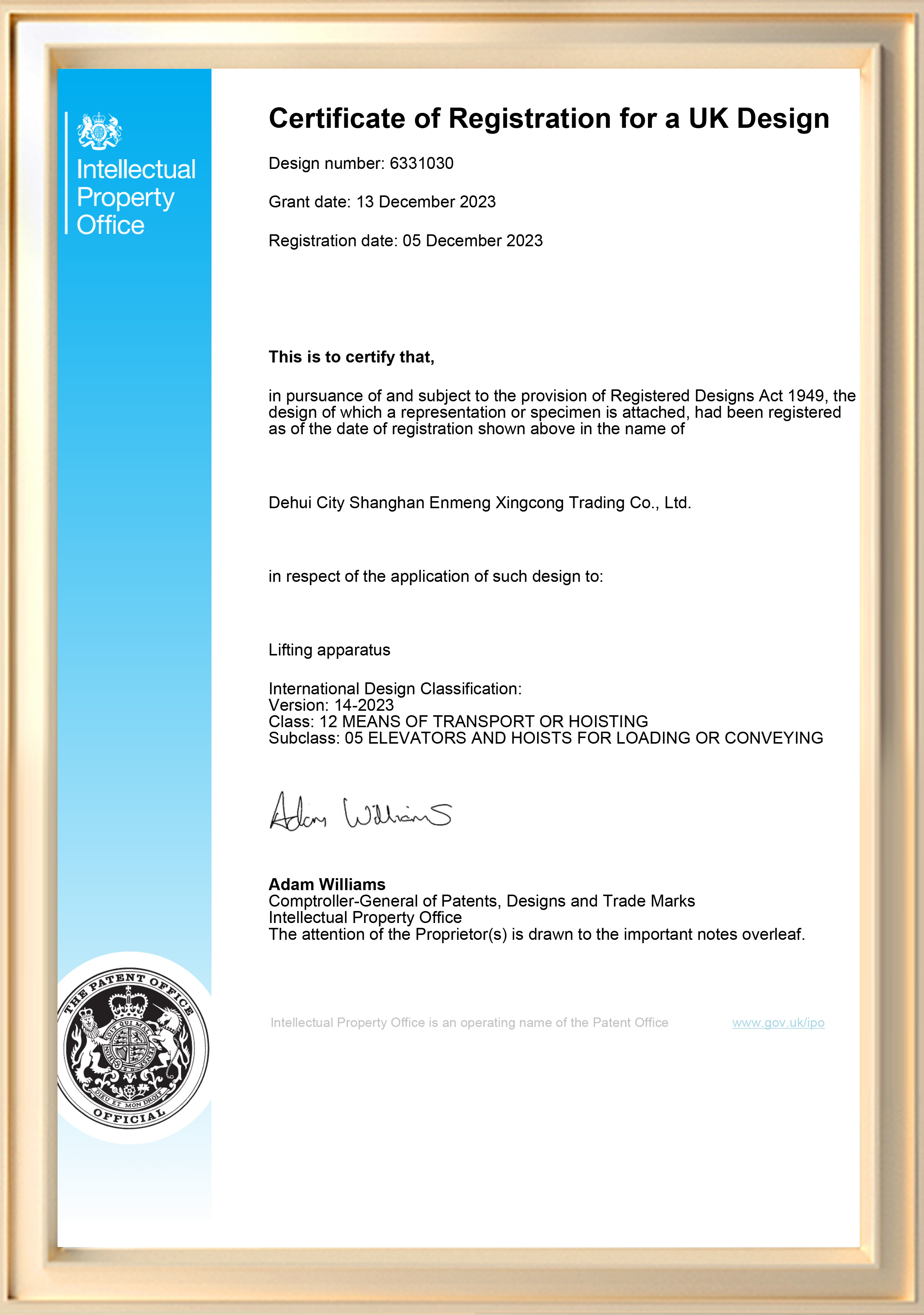

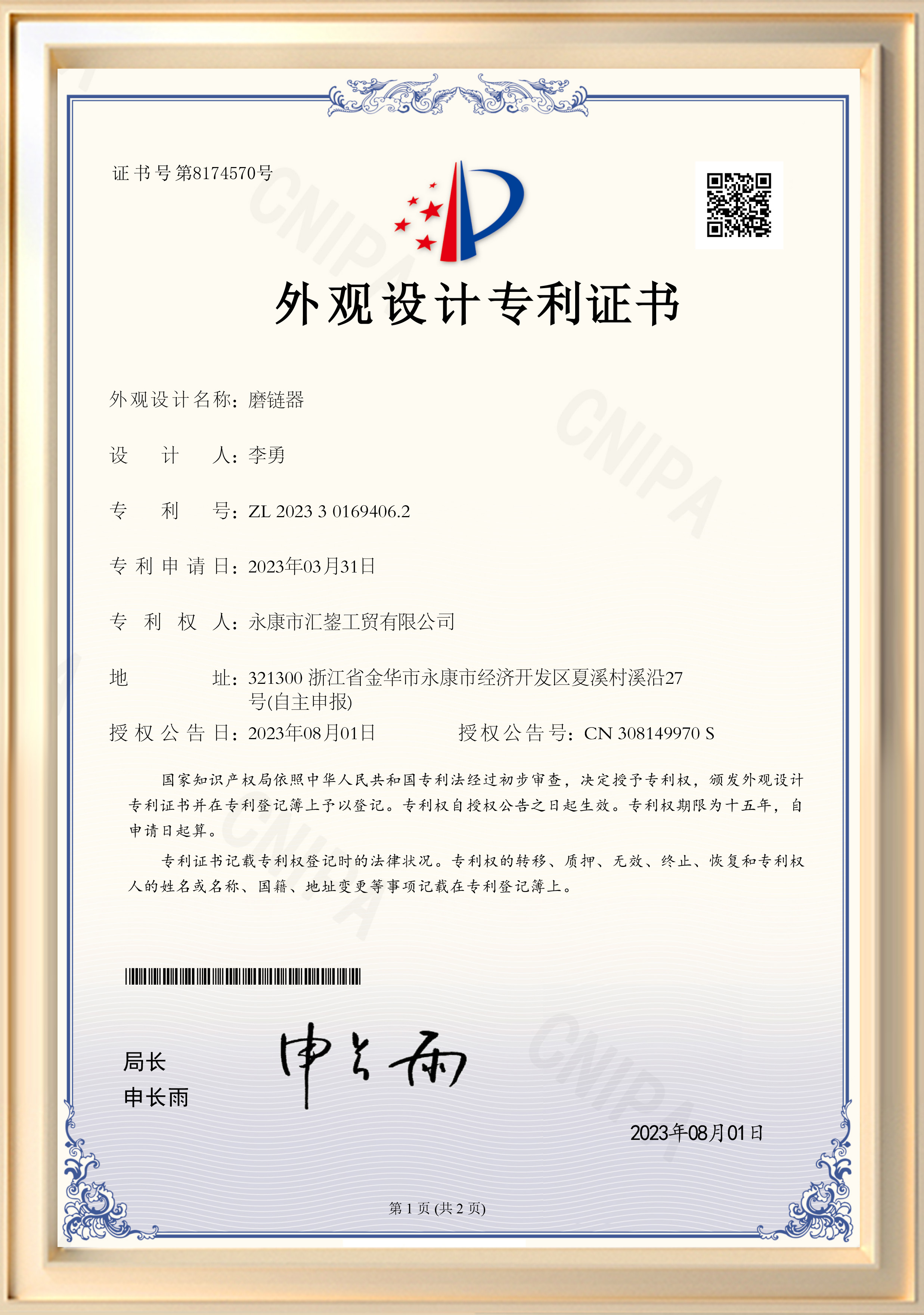
Across construction sites, manufacturing floors, repair workshops, and artistic studios, a...
View MoreThe adoption of electric pruning shears is experiencing a notable increase within professi...
View MoreA distinct segment within the welding equipment market is seeing increased attention with ...
View MoreThe global market for welding machines is experiencing a period of steady evolution, shape...
View MoreThe market for the portable stick welder is experiencing notable growth, driven by demand ...
View MoreThe global landscape of fabrication, construction, and repair continues to be shaped signi...
View More